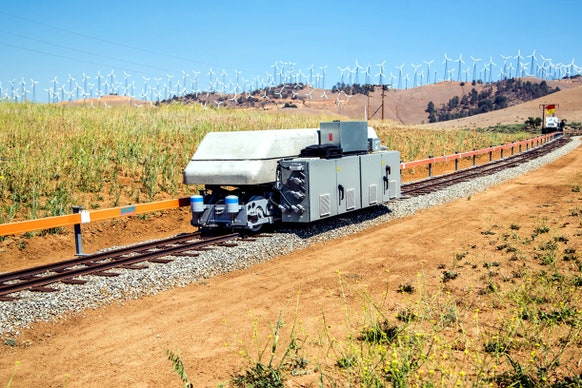Lakewood90712
Thinks s/he gets paid by the post
- Joined
- Jul 21, 2005
- Messages
- 2,223
Some company is trying to develop towers to lift concrete to store energy.
That way it’s not like pumped hydro which requires certain topography.
Ironic th8ng is it’s a Swiss company working on this:
https://qz.com/1355672/stacking-concrete-blocks-is-a-surprisingly-efficient-way-to-store-energy/
Maybe something like Sisyphus ? The Greeks were thinking way ahead




